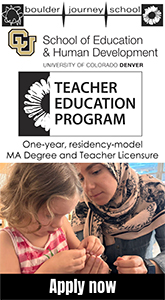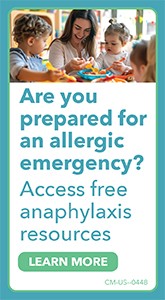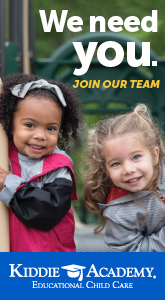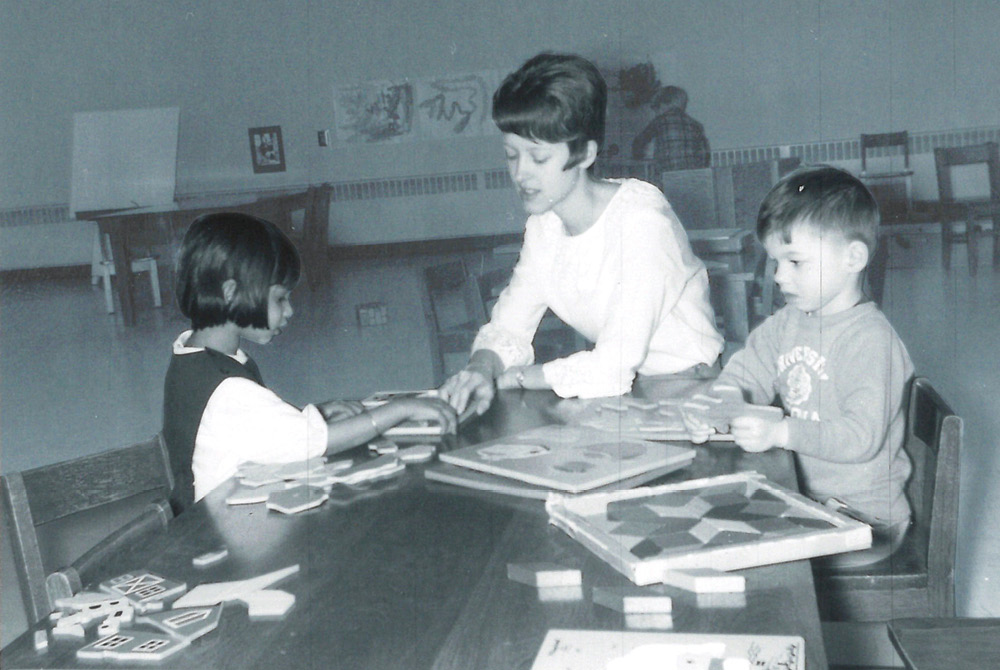October 28, 2024
People Under Three and The Power of Plenty – But Not Too Much
Children need the freedom and the time to play. Play is not a luxury. Play is a necessity.
– Kay Redfield Jamison, American clinical psychologist and writer
Contributed by Laura Wilhelm.
When picturing a “happy classroom”, I envision children actively engaged in exploration all around a room that is humming with busy voices. This kind of abundant, thriving environment does not happen by accident. Careful thought and planning are necessary at every level: in the rooms themselves, whether purpose-built or adapted out of necessity, lighting, furniture, colors, and textures all deliver messages about what sort of behavior and learning we expect.
Materials matter. Toys, as well as real and natural objects should be safe and sturdy, appeal to the child’s purposes, and be in sufficient supply. Dr. Christy John has an interesting take on what she refers to “the Sh word”: “When we say ‘share’, we are not being honest with young children – we’re really telling them to give up what they’re using right now.” Knowing that toddlers travel in packs, educators can plan to have plenty of the materials for each person, but also find balance. Too many materials in a small space can lead to dumping and scattering, rather than purposeful exploration.
At a recent visit to an early care and education program in Tallahassee, I observed children fully engaged with 16 water tables – ranging from traditional tables to tubs on the patio tables, at least a dozen mud kitchens around the playground, and thousands of blocks! Dr. Phelps said, “I don’t want a green garbage truck and a red firetruck, I buy 6 identical items, so the children learn that there will be enough for everyone. Most schools have lots of different things but never enough of any one thing. Having plenty encourages cooperation.”
Wishing you a plentiful schoolyear!
For more ideas on offering materials in thoughtful ways, and designing environments that give young children choice and autonomy, check out The Complementary Curriculum Approach by master teachers Iris Chin Ponte and Lisa Kuh.
Share with the hashtag #ExchangeEveryDay
Print Friendly
Related
By Kehinde Helen Orimaye and Jill Steffens













![Teacher reading a book to a circle of children. [©KLA schools]](https://hub.exchangepress.com/wp-content/uploads/2023/01/269-KLA-hero.jpg)